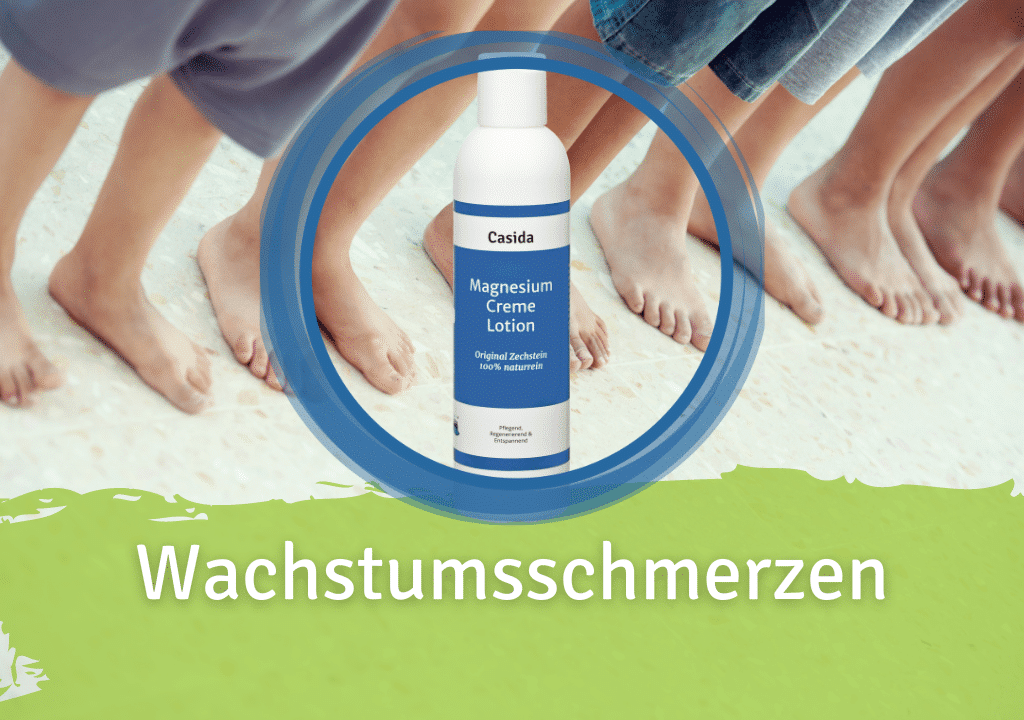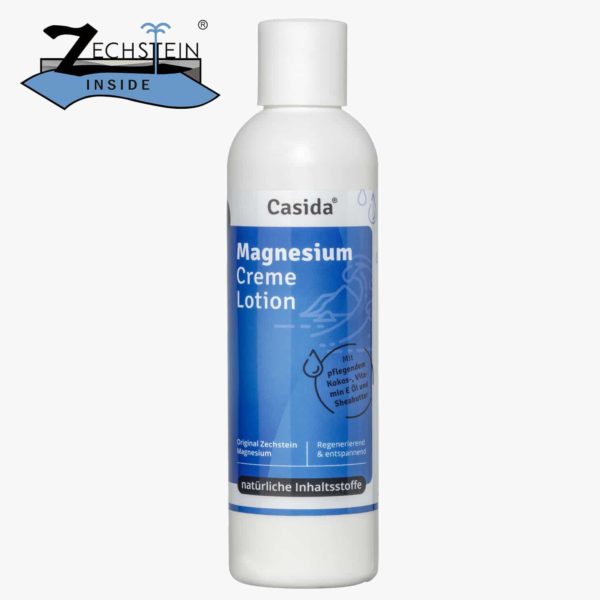Since there is no concrete methodology to prove growing pains in children, the phenomenon have long been neglected by medicine. It is estimated that it occurs in around 30% of children from primary school age. With exceptions, the symptoms can appear as early as infancy and even last into puberty.
What are the causes of growing pains in children?
In the past, pain in the limbs in children was attributed to growth spurts . It was assumed that the periosteum is stretched at growing stage and thereby irritated. However, many studies have refuted this thesis.
So far, science has not been able to clarify the causes behind growing pains in children. This is also one of the reasons why these complaints have been controversial among medical professionals for so long. It is now assumed that in addition to psychological factors , incorrect posture and fatigue could be possible causes of growing pains in children.
How to notice growing pains in children?
Even though growing pains in children are not easily distinguishable from other similar complaints, there are typical symptoms:
- The pain usually does not occur during physical exertion, but only after extensive exercise.
- A typical symptom of growing pains in children is that the symptoms occur more often at night.
- Children complain of growing pains lasting between a few minutes and an hour.
- It is also typical for these complaints that they disappeared the next morning.
- With growing pains in children, it is common to have long pauses between complaints. It can also take several weeks or even years before the children struggle with the symptoms again.
- Children are usually not able to pinpoint the symptoms.
- The symptoms appear most frequently in the area of the thighs and lower legs and less often in the joints. The ankles and knees are the most common complaints of this disease.
- Another typical feature of growing pains in children is that the pains wander and change sides.
How to deal with growing pains in children
Although the evening growing pains in children disappears in the morning, but parents can do a lot about the symptoms.
- Gentle massages
A gentle massage and muscle stretching can help alleviate the discomfort. In addition to soothing massage oils, the application of body lotions with magnesium is recommended, such as the Magnesium Cream Lotion from Casida . It is a natural product that is also very suitable for children’s skin and can be applied daily. The Magnesium Cream Lotion from Casida contains natural care substances such as coconut oil, shea butter and vitamin E oil as well as all-natural Zechstein magnesium chloride and is gentle on children’s skin. Simply apply and massage gently in circular motion. - Care and attention
The pain usually only lasts until the child falls asleep. Until then, family affection such as caressing, comforting and persuading will help. It is best to give consolation and provide security in combination with a massage or caressing the affected areas. - No pain killers
Since the causes of growing pains in children have not been finally clarified and psychological factors also play a role, pain killers are not an effective solution. Parents should only give pain medication to children in exceptional cases and according to advices from pediatrician.

Hier schreibt:
Alexander Helm
Alexander Helm is a licensed pharmacist (Martin-Luther University) and the founder of Casida. His vision is to combine pharmaceutical know-how and natural remedy into natural health products, and leverage the power of nature to improve human health.





